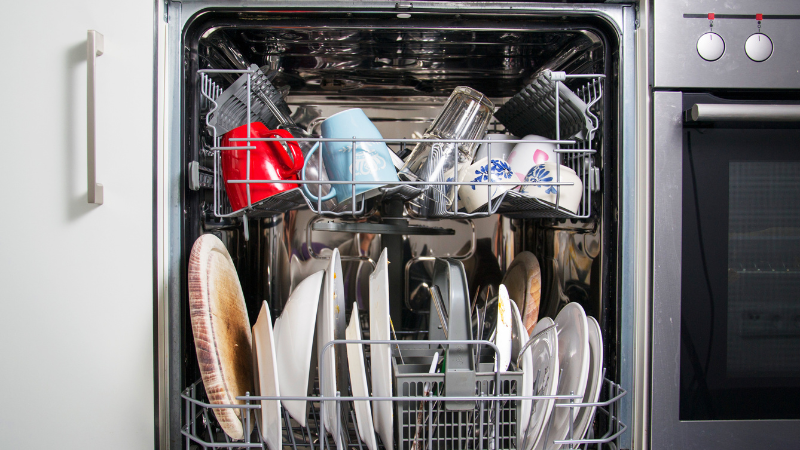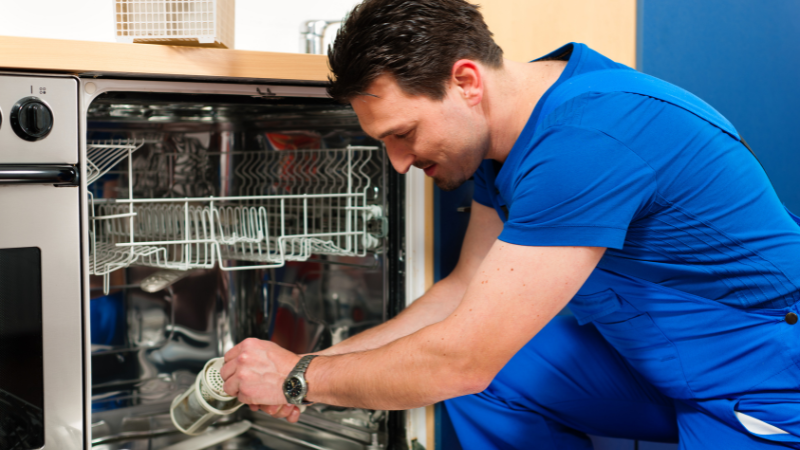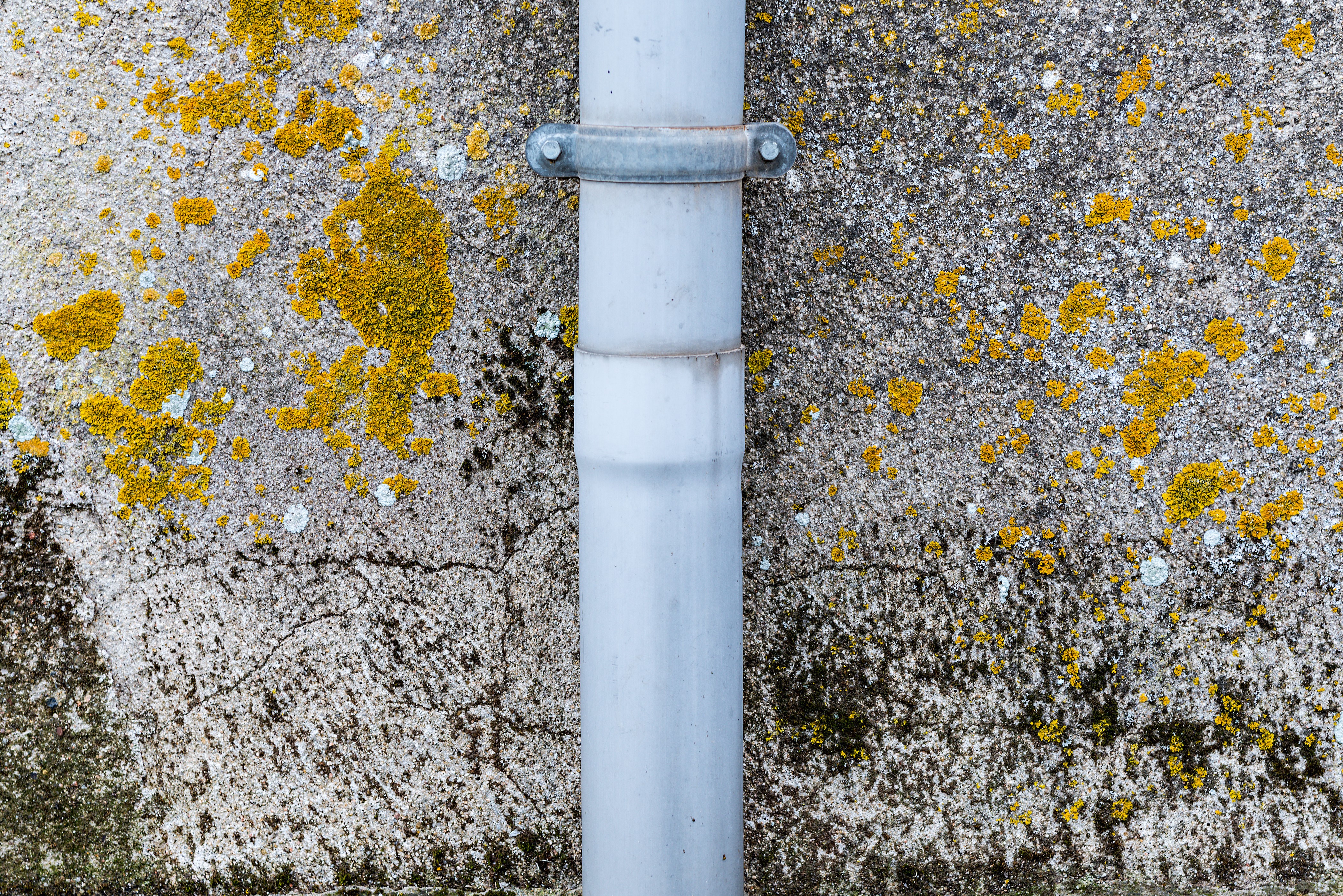How to Remove Mold from a Dishwasher
Mold is, unfortunately, a common problem in many homes, especially in damp and enclosed areas. Relying on only moisture and organic food sources to survive, mold can easily take root in dishwashers due to the wet conditions and abundance of food. However, mold is certainly not the type of thing you want growing inside your dishwasher, as it can cause illness and spread rapidly when left unchecked.
As a result of their natural conditions, it can be difficult to avoid mold in your dishwasher entirely, but it is completely possible to reduce your risk and eliminate a mold problem quickly if one ever does crop up. Here are the four stages of a proven mold removal technique you can use to clean up a mold outbreak in your dishwasher, straight from the experts.
How to Get Rid of Mold in Your Dishwasher
1. Clean the filter:
The standard best practice for cleaning out a moldy dishwasher is to start with the filter, as this can harbor built-up food pieces and bacteria that create unsanitary conditions. To start, pull out the bottom rack to find the filter located on the dishwasher floor, typically near the waterspout. Then remove the filter by rotating counterclockwise until it releases.
Once the filter is removed, take it over to your kitchen sink and gently scrub with soap and a sponge to remove any dirt and residue. Be careful not to be too aggressive when cleaning, because doing so can rip the delicate linings of most filters. Finally, rinse under hot water before returning the filter to its spot at the bottom of your dishwasher.
2. Clear the space:
Your first order of business for removing mold will be to clear the space for cleaning by pulling out any racks, trays, and baskets from your dishwasher. This will improve the effectiveness of the following cleaning tactics. Clean out your removable dishwasher components in a nearby sink using soap and hot water.

3. Prepare your cleaning solution:
One of the most effective solutions for removing mold from a dishwasher is something you probably already have on hand in your kitchen: vinegar. The process for using it is simple. Just pour two cups of vinegar into a dishwasher-safe bowl, place it on the top rack, then run the dishwasher on high heat for a full wash cycle. This should kill off the majority of your dishwasher’s mold.
4. Scrub out remaining mold:
After you’ve performed an initial cleaning of your dishwasher using the vinegar technique, you’ll want to follow up with a toothbrush or other scrubbing device to clean out any lingering mold. This is helpful for smaller areas and crevices that a simple wash cycle can’t clean as effectively.
By going through this process as soon as possible after noticing your dishwasher is harboring mold, you’ll be able to minimize the extent of the growth and restore cleanliness to your infested kitchen appliance. A clean dishwasher is healthier and safer to use for yourself and your family.
Tips for Preventing Future Mold Outbreaks
Prevention is just as, if not more, important than treatment when it comes to keeping mold out of your dishwasher. By setting up conditions that are less favorable to mold and maintaining a proper cleaning protocol, you can significantly reduce the chances of finding unsightly outbreaks in your dishwasher on a regular basis. Here are some practical tips for avoiding future mold problems:
1. Clean your dishwasher once a month:
Maintaining a regular cleaning regimen for your dishwasher is a highly effective tactic for preventing mold. Every now and then, run your dishwasher when there are no dishes in it. We recommend using the ‘Sanitize’ setting if you have one, otherwise, any high heat cycle will do. This will allow your dishwasher to effectively clean itself, minimizing the chances of mold growth. Be sure to also pull out the racks, baskets, and filter and manually clean those as well.

Clean your dishwasher once a month
2. Don’t fully close your dishwasher when not in use:
Due to the wet and dark conditions, a dishwasher left closed when idle is a prime breeding ground for mold to take root. To reduce the risk of an outbreak, try leaving the door slightly open between runs to let air circulate properly.
Although it may frustrate you to find mold in your dishwasher, it’s usually not a cause for alarm: the majority of cases are small and can be cleaned effectively with no lasting consequences using the correct mold remediation techniques. Keeping the interior of your dishwasher clean and dry at all times will help you prevent future pop-ups.
For more advanced problems, calling a professional mold remediation specialist may be necessary to completely get rid of the growth. Contact mold removal professionals for assistance with more severe instances of mold growth in your kitchen or elsewhere in your home.












